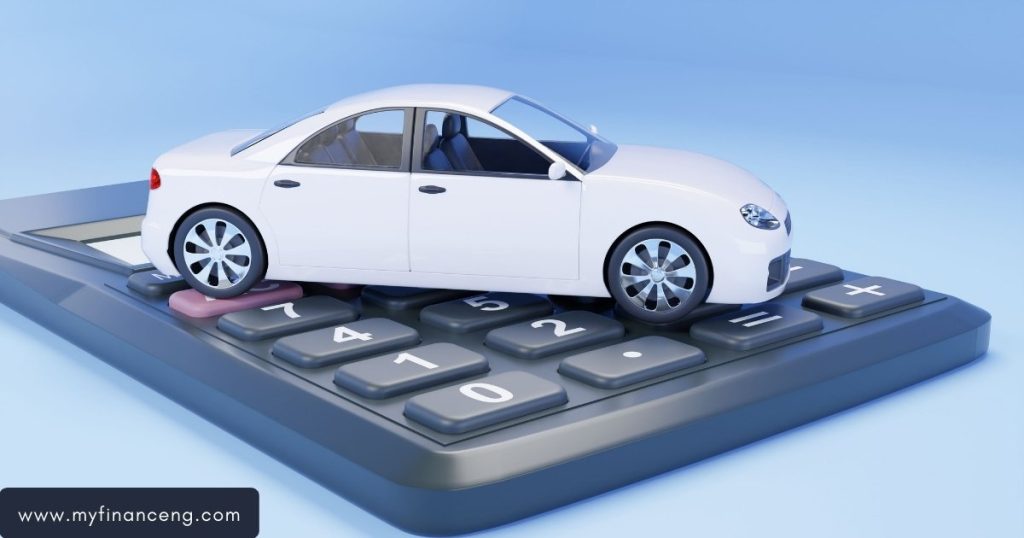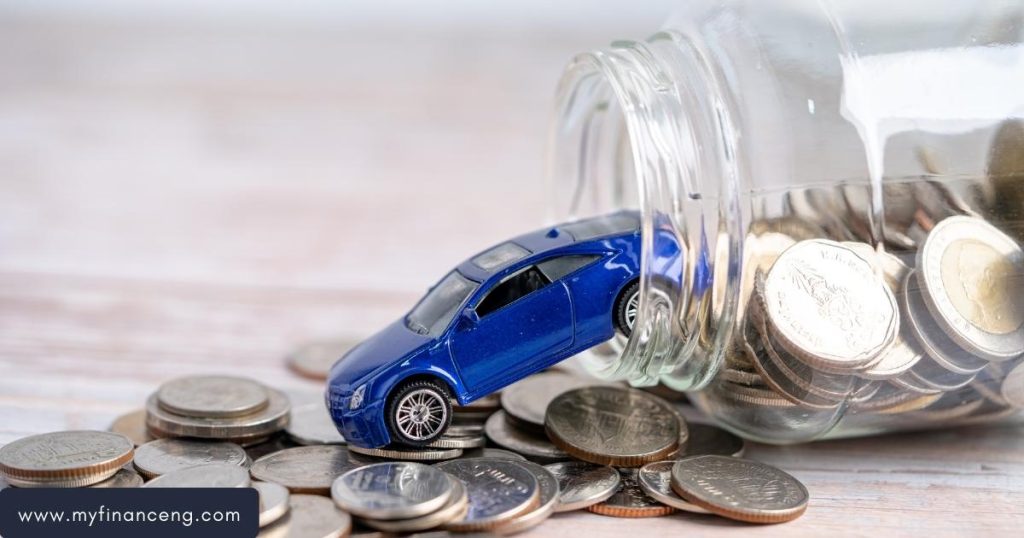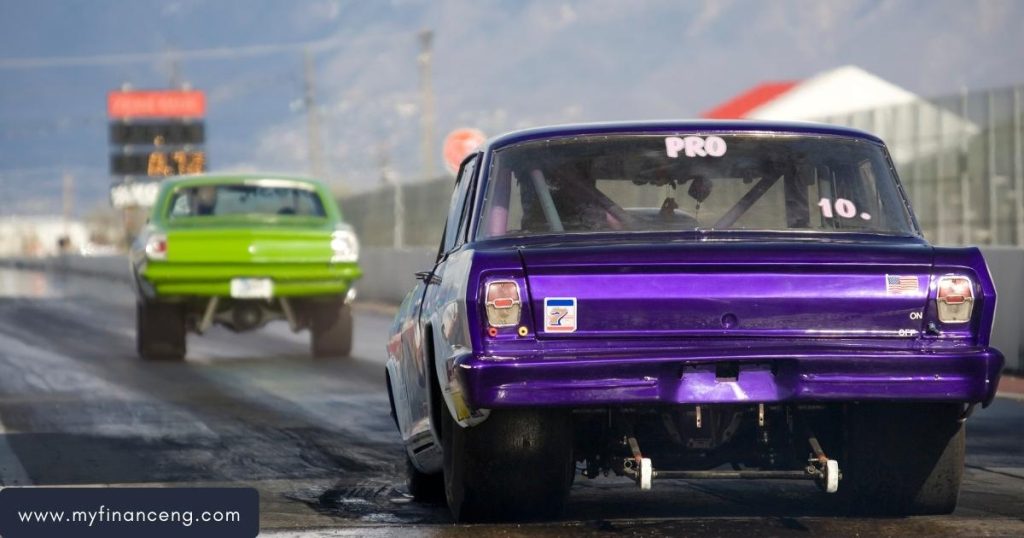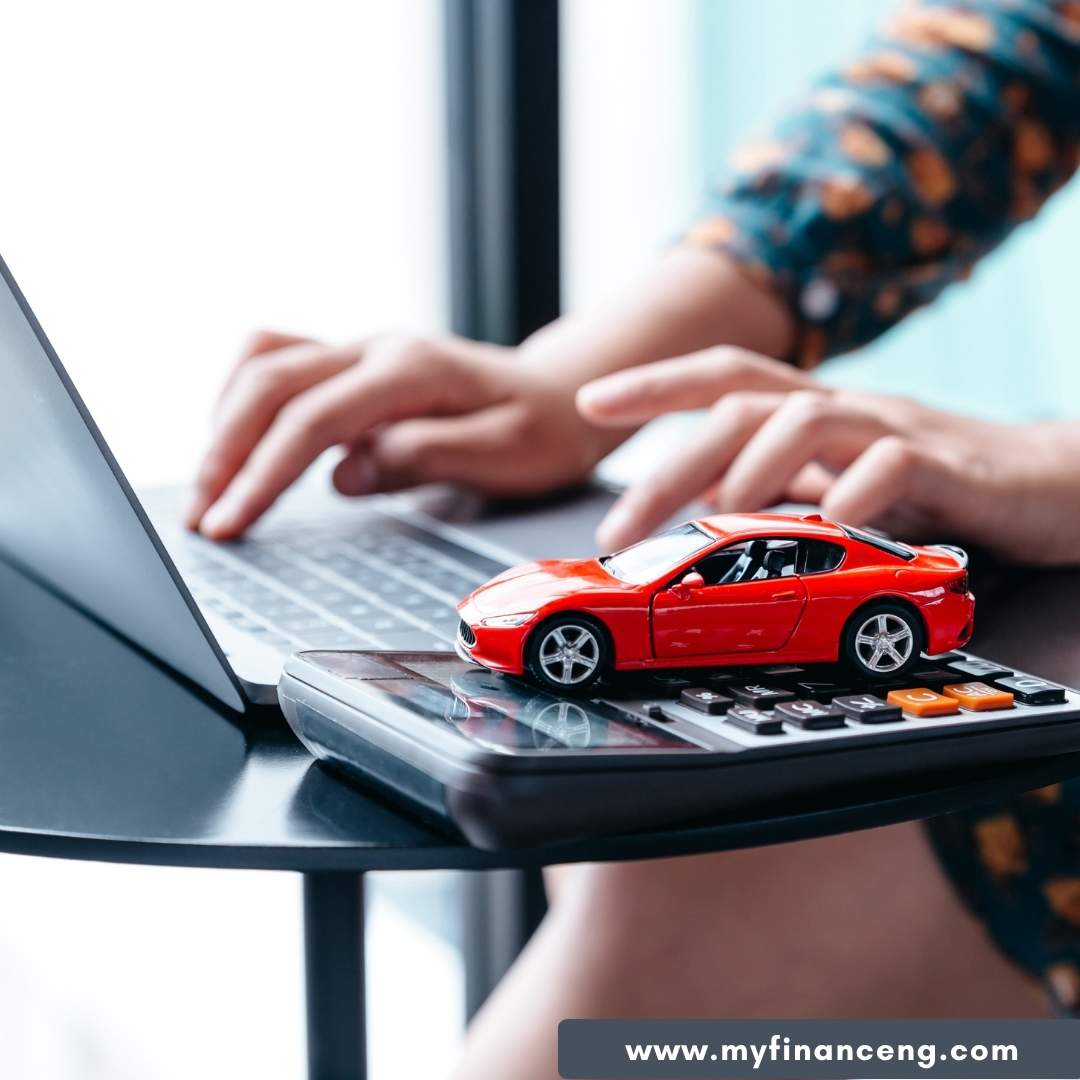Introduction
Find out “Can I Trade in a Financed Car” with ease, from checking loan balances to negotiating offers and maximizing your trade-in value.
Trading in a finance car can be a daunting process because if you don’t know how it works, you will feel overwhelmed. The good news is that with some prior planning and knowledge of the dos and don’ts, the process can be fairly seamless.
In this article, you’ll be walked through the entire process — from evaluating your financial situation to closing the transaction.
Tips for Trading in a Financed Car
Trading in a financed vehicle means selling your vehicle to a dealership before paying off the money you owe on it. This differs from trading in a car you own outright because your lender still has title to the vehicle.
Regarding the trade-in process, the dealership will pay off your remaining loan balance on the car using their offer, and the delta between what you owe on your loan and what the dealership is offering for a trade-in is a key factor.
What Does It Mean to Trade a Financed Car?
If you trade in a financed vehicle, you exchange your car for a down payment or credit toward another vehicle.
The main difference is that you do not own the car until the loan is paid off. The dealership usually pays off your existing loan, and any remaining balance will be rolled into your next purchase.
The Difference Between Trading a Paid-Off Car vs a Financed Car
With a paid-off vehicle, the dealership acquires the vehicle, and you get the entire trade-in value. All financial obligations are satisfied. An exception, however, is trading in a financed car, which is a more complicated transaction since you have to pay off your existing loan first. This can lead to negative equity if your car is worth less than your loan balance.
Evaluating Where You Are Financially

For that to happen, you need to check your existing financial state well before you take the leap and trade your car in. That should help you decide whether trading your car in is right for you and what to do next.
How to Find Out Exactly How Much to Pay Off Your Loan
The start, however, is to reach out to your lender and ask what the current amount due is (known as the payoff). This is the entire amount you owe to pay your loan in full. This can be above or below the current market value of the car, depending on how much you’ve already paid off.
How to Tell If You Have Positive or Negative Equity
Your car’s equity is its market value minus the amount you owe on the loan. If the value of your vehicle exceeds the balance of the loan, you have positive equity.
If you owe more than what the car will sell for, you have negative equity. Now, this is something significant as it will decide what you should do next.
Why Your Credit Score Still Affects A Trade-In
That ugly thing called your credit score comes into play during a trade-in, too. While the trade-in primarily depends on the car’s worth, your credit score will impact the financing when you pick up your next vehicle.
A higher credit score can help you get better financing rates, while a lower credit score can get you worse terms.
If the Car You Want to trade is Financed
To get the most value out of your trade-in, you must prepare your vehicle in the best way possible before heading to the dealership. A minor repair work and a deep clean can go a long way.
Top Steps to Maximize Your Car’s Value
- Get a Professional Inspection and Repair Assessment: You should get an independent inspection before trading in your car. If there are problems, correct them so the vehicle is top-notch. This can range from fixing the performance of the engine to aesthetic damage.
- Why Cleaning and Detailing Matter Before an Appraisal: A clean vehicle speaks volumes. Getting your car detailed can also help you get a higher value for it as well since it gives the dealership a good impression.
Find out the market value of your car.

Researching a car’s market value is key to not being underpaid for your trade-in. To know how much your car is worth, use online tools like Kelley Blue Book (KBB) or Edmunds. These sites consider the make, model, mileage, and condition.
The top services and websites for accurate trade-in valuations
Resources such as Kelley Blue Book, Edmunds, and AutoTrader can help you see a bigger picture of your car’s value. You for sure want to check multiple sources to ensure that you are getting an accurate estimate.
How Dealerships Come Up With Trade-In Offers
Here are some factors that dealerships consider when making a trade-in offer, including the car’s condition, mileage, how hot of a commodity it is on the market, and resale potential. Many dealerships also consider what it costs to recondition the car, which may reduce the offer.
Spotting Lowball Offers & Defensive Measures
If a dealership’s offer seems low, don’t hesitate to negotiate. Come armed with your research, like trade-in values elsewhere, and leverage that to your benefit. Sometimes, being ready to walk away from a bad offer can convince a dealer to give you a better deal.
How to Understand the Loan Payoff Process
When you trade in a financed vehicle, the dealer will contact your lender to pay off the remaining balance on your loan. But if you owe more than the car’s trade-in value, you’ll have to decide what to do with the difference.
What Happens to Your Existing Loan When You Trade a Financed Car
If you owe money on a loan, the trade value is used to pay off the remaining balance on your loan. If the vehicle’s trade-in value exceeds your loan balance, you’ll receive the difference. If it’s lower, you’ll still have to pay off the remaining balance.
Owe More Than the Car Is Worth? What It Is and What You Can Do
You have negative equity if your vehicle is worth less than the balance of your loan. If that’s the case, the unpaid debt will most likely get rolled into your next loan, which could elevate your monthly payments on your new car.
Coming Strong on the Dealership Negotiation
When you are trading in a financed car, negotiation is everything. You’ll get the best deal if you’re informed and confident.
How to Talk to Salespeople About Your Financed Trade-In

Be honest with salespeople about your loan ballpark shift or any research you’ve done when discussing your trade-in. If you find yourself in a negative equity situation, be honest about that from the start so that an alternative can be explored.
Strategies for Getting the Most Money on Your Trade-In
Use your research to justify your claims about your car’s value. Don’t be afraid to ask for a better offer or negotiate for extra perks — like a lower price on your next vehicle.
When Not to Settle for Unreasonable Terms
If a dealer won’t give you a fair price, feel free to walk away. Dealer selection is critical from home, but you may try a different dealership.
How to Leverage Ditching the Dealership Trade-In
In many instances, trade-in at the dealership doesn’t offer the highest possible trade-in value. So it’s worth checking out alternatives for selling or trading in your financed car.
Selling a Financed Car Privately: The Good and the Bad
Privately selling your vehicle can contribute to a higher sale price in comparison to trading in – depending, of course, on how favorable a deal you get – but it’s often a lengthy and more involved process compared to handing over your car to a dealer. If you are paying off a loan, you must manage the payoff between yourself and your lender.
Accelerating Transactions with Online Car Buying Services
Online car-buying services such as Carvana or Vroom can expedite the process. They will give you a quote for your vehicle, and then, if you accept, they take care of the logistics.
Lease Trade-Ins Versus Financed Car Trade-Ins
The same rules do not apply to leased cars versus financed cars. As the leasing company still technically owns the car, you need to follow specific procedures for trade-ins. You’ll have to resolve any remaining obligations on the lease before proceeding.
Dealing With The Paperwork And Legal Matters
When you owe on a car, the paperwork for trading it in can be complicated.
The Key Documents Required for Your Trade-In to Go Soothingly
You will require the car’s title, proof of insurance, the loan payoff statement, and a driver’s license. If you still owe money on your car, the lender will own the title until the debt is paid off.
What to Know About the Title Transfer with an Open Loan

If you still owe money on your car, then the lender has the title. Once the loan is repaid, the title will be transferred to the dealership, where the paperwork will be completed on your behalf.
Lienholders and the Trade-In Timing: How They Factor In
That means lienholders can hold up a trade-in: They must release the title once the loan is paid off. This will take a few days, so be ready to wait.
When To Trade In A Financed Car
When you trade in a vehicle, timing often has a significant impact on how much you’ll get for it. Just consider what the market is currently doing, its trends, etc.
Market Conditions That Are Ideal for Trade-Ins
The optimal time to trade in a vehicle is whenever demand is strong for your vehicle. For example, truck and SUV demand may peak during certain seasons or in certain economic climates.
Seasonal trends and how they impact your trade-in values
Seasonal trends, such as summer and spring, can also lead to higher trade-in offers based on the type of car you own. Conversely, winter is probably not a good time to sell a convertible.
When Mileage and Depreciation Are on Your Side
You might get a higher offer if your vehicle is relatively new and has low miles. Cars that have already lost plenty of value likely won’t command as much.
Steering Clear of the Most Common Pitfalls and Scams
While trading in your financed vehicle can be an excellent way to pay off your existing loan, you should be cautious of a few potential traps that can put you in a bind.
Signs of Trouble for Trade-In Deals
Be aware of the too-good-to-be-true deals and pressure tactics. Always sartorial yourself to make sure your terms are comfortable, too.
Finding Hidden Fees and Unfair Terms on Your Loan
Read the fine print carefully to avoid hidden fees or unfavorable loan terms. Some dealers may attempt to add on more dollars, which could also make the trade-in less attractive.
Defending Yourself Against Predatory Lending Practices
Ensure your next loan has fair terms and you’re not charged an excessive interest rate or fee.
Completing the Trade-In and Beyond
After the deal, the steps are essential but straightforward to grasp.
What to Expect on Trade-In Day
On your trade-in day, remember to bring all the needed documentation and to have the vehicle in the condition you agreed upon. The paperwork will be completed as the dealer inspects the car.
How Your Existing Loan is Handled by the Dealer
The dealer pays off your loan directly and uses the trade-in value to offset a remaining balance or apply a credit toward your next car.
Get Financing Ready on Your Next Vehicle

Once the trade-in is complete, you’ll also work with the dealership to arrange financing for your next car if you’re using it. Be sure to get fair and reasonable loan terms.
Post-Trade-In Considerations
Once you have completed the trade-in paperwork, there are a couple of things to do to confirm everything is done right.
Additionally, after trading in your vehicle, it is of utmost importance to monitor your credit report.
Monitor your credit report to ensure the loan appears as paid off. This will ensure that no discrepancies are going forward.
How to Make Sure Your Old Loan is Closed Correctly
- Ensure the dealership has paid off your old loan and closed the account properly.
- Comment ça fonctionne_below are some tips for managing your new auto loan responsibly.
- If you handle your new auto loan wisely, you’ll avoid breaking the bank. Make your payments on time, and make sure you’re comfortable with the terms.
Trading in a Financed Car FAQ
Is It Possible to Trade in a Financed Car Without Purchasing Another?
Yes, it is possible to trade in a financed car without buying another vehicle. You still have to deal with the loan payoff, though.
Trading in a Financed Car: How Long Should You Wait?
We recommend you wait until your car depreciates less and you’re in positive equity, but you can trade it at any time.
What If the Dealer’s Payoff Isn’t Enough to Cover Your Loan?
If the dealer’s payoff isn’t enough to cover your loan, you’ll owe the difference or roll it into your next car loan.
Can I trade in a financed car for a cheaper car
Yes, if you owe less than the car’s trade-in value, you may apply the difference to a cheaper car down payment.
When Can You Trade in a Financed Car?
You can trade in a financed car whenever you want, but it’s generally best to do so once you have positive equity.
Pros and Cons of Trading In a Financed Car
Pros are convenience, and cons could be negative equity or less than what you owe.
Conclusion: How to Trade in a Car You Financed with No Stress
The big things that make the transaction go smoothly are preparation, knowing how much you owe on the loan, and being willing to negotiate. Researching your options, preparing for the sale, and understanding what to expect are the best tools for a successful trade-in deal.

